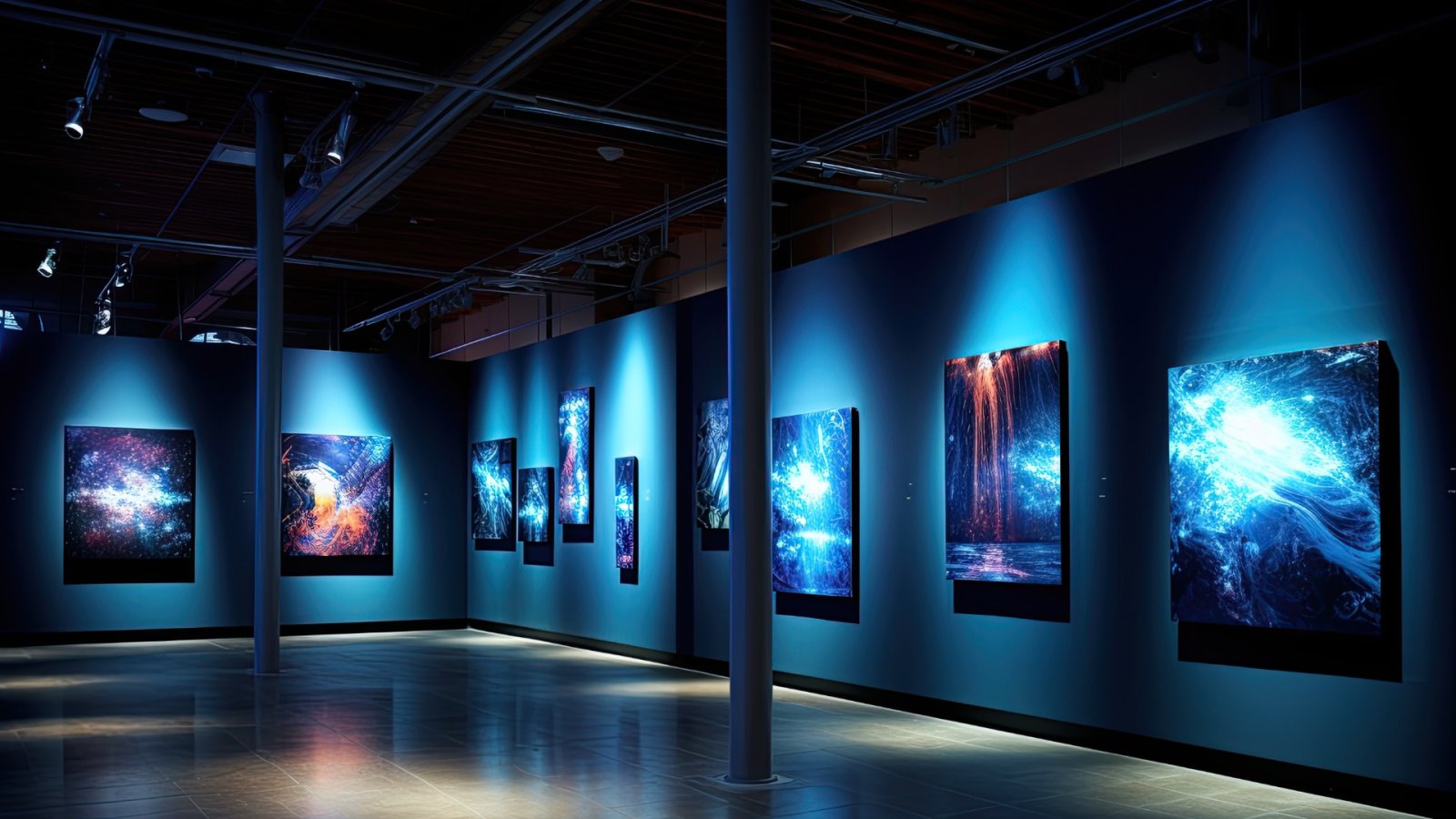Each year, the art world produces countless new creations while long-established works take on enhanced significance as real-world events shed new light on them. This was certainly the case in 2023, where the pieces highlighted here in some way epitomized our editors' experiences viewing art over the past year. While the NFT bubble may have deflated, several highlighted works examined our relationship with the digital realm, often collaborating with AI in their development. Others debuted as part of major shows, such as the notable art produced for the 15th Sharjah Biennial in the United Arab Emirates. Still, others looked at history through perspectives that have traditionally been sidelined or suppressed.
The following selections offer a retrospective on some of the most impactful artworks of 2023 that stood out for thoughtfully representing their moment. Whether new creations or works adopting renewed importance, each piece provided insightful commentary on the year's most pressing topics and ideas through their innovative forms and thought-provoking content.
Joshua Reynolds, Portrait of Omai, ca. 1776
In April 2023, the National Portrait Gallery in London and the Getty Museum in Los Angeles announced a landmark joint acquisition of Joshua Reynolds' prized painting Portrait of Mai, concluding an intense competition to prevent its export from the UK before a July deadline. Against long odds, the two renowned institutions successfully raised the money required to avoid the work disappearing into private ownership. The purchase garnered worldwide attention due to the painting's tremendous art historical significance: it depicts the first Polynesian man to visit Britain, and some scholars believe it may be one of the earliest British portraits featuring a person of color as its subject. The collaborative, cross-border nature of the deal between the two museums was also highly unusual, underscoring the painting's importance to the cultural histories of both England and America.
Emilie L. Gossiaux, White Cane Maypole Dance, 2023
Emilie L. Gossiaux's debut solo institutional exhibition at the Queens Museum set an exemplary standard for accessible art practices. Her new body of work explores the parallel oppressions faced by nonhuman animals and disabled people: both groups are viewed as deficient in certain capacities and thereby denied certain rights and dignity. In response, Gossiaux celebrates the natural interdependence often experienced between disabled people and their nonhuman companions. Her monumental maypole sculpture replaces the conventional pole with a 15-foot rendition of her white cane. Surrounding it are human-scaled sculptures of her guide dog London depicted joyfully leaping and dancing.
Doris Salcedo, Uprooted, 2020–22
Visitors to the 15th Sharjah Biennial had to wait in line to enter the gallery housing Doris Salcedo's newest installation. Their time inside was timed, annoying some viewers. The work was called Uprooted, and displayed at the Kalba Ice Factory. It featured 804 dead trees carved into the shape of shelter, symbolizing the plight of refugees in a constant state of displacement. The installation posed thought-provoking questions, such as whether something can appear both ghastly and organic. It depicted a structure resembling a home but lacking any warmth or comfort. The uninhabitable structure alluded to the desperate search for resources forced upon refugees, as war and capitalist destruction reduce once-abundant lands into shells of their former selves.
Ishi Glinsky, Inertia—Warn the Animals, 2023
Ishi Glinsky's work Inertia—Warn the Animals, featured in the 2023 Made in LA biennial at the Hammer Museum, effectively functioned as a biennial-within-the-biennial. The piece centered around a towering, larger-than-life sculpture of Ghostface, whose stark white mask had been replaced by a vivid turquoise mosaic. Affixed to the back of this dramatic centerpiece were additional artworks by 11 Indigenous artists, curated by Glinsky. By incorporating the works of other creators directly into her sculpture, Glinsky transformed a single piece into a sprawling multimedia exhibition that showcased Indigenous perspectives with impressive scale and collective resonance within the context of the overarching biennial showcase.
Refik Anadol, Unsupervised – Machine Hallucinations – MoMA, 2022
For almost a full year, visitors to the Museum of Modern Art were greeted by a towering artwork that commanded attention in the lobby: Refik Anadol's Unsupervised - Machine Hallucinations - MoMA (2022). As one of the foremost digital artists working today, Anadol created a generative piece that utilized MoMA's extensive visual collection to train a machine-learning model. The model was then able to interpret and reimagine images from artworks in the museum's archives.






